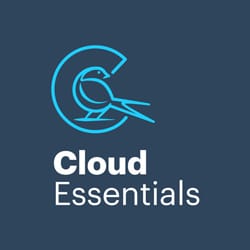Data governance – or the comprehensive management of data availability, usability, integrity, and security in an enterprise – is an understandably daunting prospect for many organisations.
It involves setting up a range of policies and controls to ensure data is consistent and responsibly used. Done right, this supports high-quality data that’s accurate and reliable, and fuels smarter decisions and easier compliance with evolving regulations. Done wrong, it risks compliance breaches, data inaccuracies, security vulnerabilities, costly inefficiencies, and a loss of customer trust – all of which can seriously impact business performance and reputation.
Key data governance challenges
Unfortunately, data governance isn’t getting any easier as the modern data (and risk) landscape evolves. Growing challenges include:
- Data proliferation: Data volumes that are expanding at unprecedented rates, coming from a wider variety of sources than ever before.
- Storage strain: Efficiently managing vast quantities of data on a budget.
- Data silos: Integrating data from across the organisation to avoid isolated/exposed data pockets.
- Security and privacy: Protecting sensitive information from today’s sophisticated cyber threats.
- Compliance demands: Keeping pace with a continuously shifting regulatory environment.
- Generative AI: Increasing the need to protect sensitive information from being used to generate new content.
Core elements of a data governance framework
So how do you go about achieving effective data governance in the face of these challenges? The key lies in building a solid data governance framework that covers the following elements:
- Policy and standards development: Establish clear policies that define how data is used, secured, and maintained. These should align with both industry standards and best practices.
- Data stewardship: Appoint responsible individuals to act as data stewards, ensuring that data standards and policies are upheld while helping to bridge the gap between IT and business teams.
- Data quality management: Implement processes to continuously monitor and improve data quality. This involves regular data cleansing, validation, and enrichment activities to maintain accuracy, consistency, and reliability.
- Data security and privacy: Implement strong security protocols to guard data against unauthorised access and ensure privacy regulations like GDPR and CCPA are upheld.
- Data integration and interoperability: Facilitate seamless integration of data across systems, enabling a unified approach to data analysis and decision-making, unimpeded by data silos.
- Compliance and risk management: Monitor for compliance with relevant regulations and standards, identifying and addressing data management risks.
- Data lifecycle management: Manage data throughout its lifecycle, from creation to disposal. This includes data backup, archiving, and retention policies to ensure data is handled appropriately at each stage.
By addressing these areas, it’s possible to create a data governance framework that not only enhances data quality and security, but also drives better business outcomes and regulatory compliance.
Getting started with Microsoft Purview
If robust data governance is on your to-do list, our advice is to settle in for some quality time with Microsoft Purview.
Purview is a comprehensive data governance solution designed to help you manage your organisation’s data landscape across on-premises, multi-cloud, and SaaS environments. It centralises data governance, offering a suite of tools to help you “know your data” – an invaluable step toward managing it well.
Here are some of Purview’s standout features:
- Data cataloguing: Purview enables advanced data discovery, allowing organisations to catalogue data assets across environments. This builds a comprehensive data inventory, making it easy to find and manage data resources.
- Data classification: With Microsoft Purview, organisations can classify data based on its sensitivity and relevance. This involves tagging data with labels that describe its nature (e.g. personal information, financial data, or proprietary information). Data classification helps enforce data handling policies and ensuring compliance with regulations.
- Records management: Purview ensures that data is appropriately handled throughout its lifecycle, from creation to disposal, aligning with compliance policies and retention schedules.
- Data lineage: Understanding the origins, movements and transformations of data within your organisation is critical. Purview’s data lineage feature provides this transparency, helping with data auditing, troubleshooting, and ensuring data integrity.
- Insights and analytics: Purview’s analytics tools enable stakeholders to query, analyse, and visualise data, empowering data-driven decision-making.
By integrating these functionalities, Microsoft Purview supports a robust data governance framework that enhances data quality, security, and compliance. It helps organisations to not only manage their data more effectively but also to derive maximum value from their data assets.
But wait… there’s more!
Microsoft Purview’s capabilities extend well beyond data management. Its robust, coordinated suite of data security solutions helps businesses protect their data, reduce their compliance risks, and stay on top of regulatory demands.
Here’s the kicker: Purview is included in the higher licensing tiers many organisations already subscribe to for other security benefits – so you might not even need an upgrade to get started.
That said, deploying Purview isn’t a simple task – there are complexities that require careful navigation. That’s where a partner like Cloud Essentials can make all the difference, helping you overcome deployment challenges faster and more smoothly than going it alone. With expert support, you’ll be able to align stakeholders, streamline collaboration, and fully activate data governance across your organisation, unlocking Purview’s benefits far sooner than you might think.





